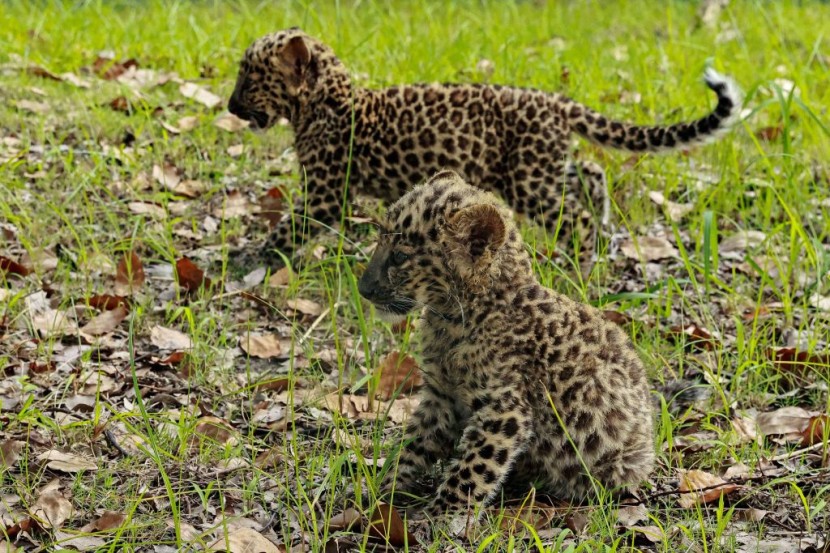A group of scientists have provided new insights into how animals develop unique patterns and spots on their skin in relation to a mechanism known as diffusiophoresis.
These developments can be found in a wide array of animals, including leopards, zebras, and boxfish. Engineers from the University of Colorado Boulder have shown that the same physical process that helps remove dirt from laundry could actually play a role in how tropical fish get their colorful stripes and spots.
Animals' Patterns and Spots

The team's findings were published on Nov. 8 in the journal Science Advances. In a statement, the paper's first author, Benjamin Alessio, said that there exist many biological questions that stem from the same inquiry. This is about how organisms are able to develop complicated patterns and shapes when their origin is a spherical clump of cells.
Alessio, who is an undergraduate researcher in the Department of Chemical and Biological Engineering, said that the team's work uses a simple physical and chemical mechanism to explain a complicated biological phenomenon, as per Phys.org.
Previously, biologists have shown that many animals have evolved to have coat patterns in order to let them camouflage themselves or attract partners. While animal genes encode pattern information like the color of a leopard's spots, genetics alone do not explain exactly where the spots will develop.
Before biologists discovered the double helix structure of DNA, Alan Turing proposed a bold theory in 1952 of how animals got their patterns. The mathematician who invented modern computing hypothesized that as tissues develop, they produce chemical agents that diffuse through tissue in a process similar to adding milk to coffee.
Some of the agents will supposedly react with each other, forming spots while others inhibit the spread and reaction of the agent that would form the space between the spots. Turing's theory suggested that in place of complex genetic processes, the simple reaction-diffusion model would be enough to explain the basics of biological pattern formation.
Read Also : James Webb Discovers Oldest Known Black Hole That Existed 470 Millions After the Big Bang
Alan Turing's Theory
The team of engineers behind the new study explored how diffusiophoresis could create sharp patterns among animals. This process describes the movement of molecules that are suspended in a fluid in response to a concentration gradient of a separate chemical, causing small particles to concentrate and clump together, according to CNN.
After the researchers computed Turing's equation, modified to include this process, the simulations that resulted showed that the molecules' path had always created sharp outlines. This was unlike the fuzzy, ill-defined spots that the mathematician's theory alone would be able to create.
Ankur Gupta, a co-author of the study and an assistant professor of chemical and biological engineering at the University of Colorado Boulder, said diffusion alone would not have created the sharpness in the patterns that were formed, which is done with the help of diffusiophoresis.
The team noted that understanding just how nature programs specific functions can assist researchers in designing synthetic systems that perform similar tasks. Lab experiments have also shown that scientists can benefit from diffusiophoresis when creating membrane-less water filters and lost-cost drug development tools, said The Conversation.








